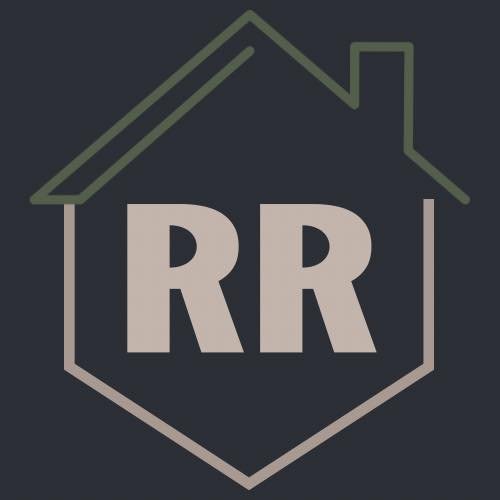How to Address a Humid or Wet Attic
Your attic, often out of sight and out of mind, can become a breeding ground for humidity and moisture if left unchecked. From mold growth to structural damage, a humid or wet attic can wreak havoc on your home's integrity and your family's health. In this guide, we'll explore the signs, causes, and solutions for tackling a humid or wet attic to ensure a safe and healthy living environment.
Signs
Mold growth before a recent attic restoration
Musty Odors: If you notice a persistent damp or musty smell emanating from your attic, it's a clear indication of excess moisture.
Visible Mold: Take a close look at the walls, insulation, and wooden structures in your attic. Mold thrives in damp environments and can pose serious health risks. If you see something that looks like mold or mildew, it’s mold as mildew doesn’t grow indoors
Water Stains: Keep an eye out for water stains or discoloration on the ceilings or walls below the attic, signaling water intrusion.
Structural Damage: Warped or deteriorating wood components such as rafters or sheathing may indicate long-term exposure to moisture.
Causes
Poor Ventilation: Inadequate airflow can lead to trapped moisture in the attic, promoting mold growth and structural issues.
Roof Leaks: Damaged roofing materials or faulty flashing can allow water to seep into the attic, causing damage over time.
High Humidity Levels: Everyday activities like cooking, bathing, and even breathing can contribute to elevated humidity levels in the home, especially if ventilation is insufficient.
Solutions
Improve Attic Ventilation: Install baffles, ridge vents, soffit vents, or gable vents to promote airflow and moisture evaporation in the attic.
Seal Air Leaks: Prevent warm, humid air from entering the attic by sealing gaps around access points, ductwork, and light fixtures.
Repair Roof Leaks: Promptly address any damaged roofing materials or flashing to prevent further water infiltration.
Remove Mold: The best course of action is to call a professional to ensure that it is properly taken care of and doesn’t come back.
By understanding the signs, causes, and solutions for a humid or wet attic, you can effectively address this issue and safeguard your home's integrity and your family's health. Through proactive maintenance and strategic remediation efforts, you can restore balance to your attic and create a safer, healthier living environment for years to come. We are always here to help with your issues small or larger, so contact us today for a free estimate!

